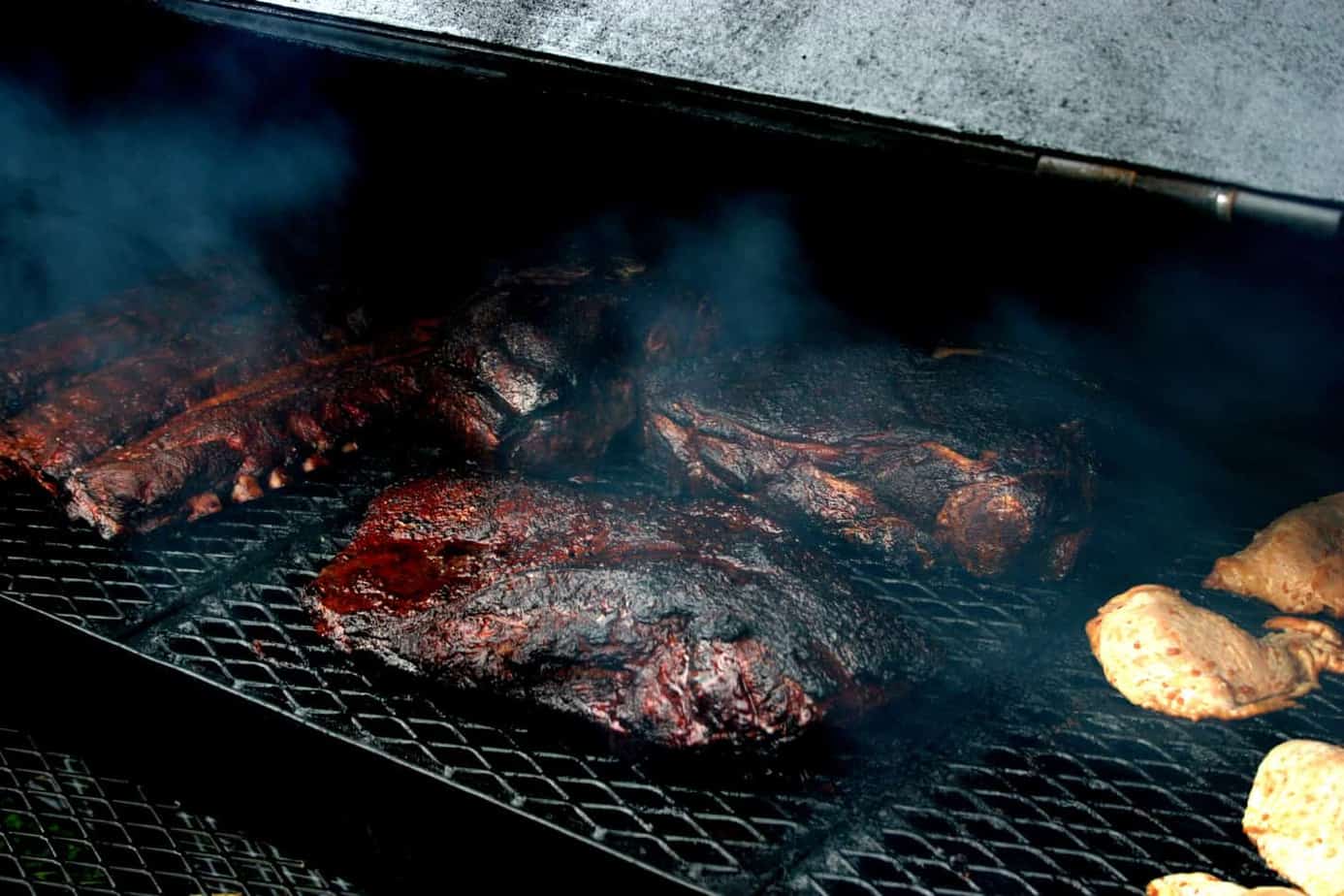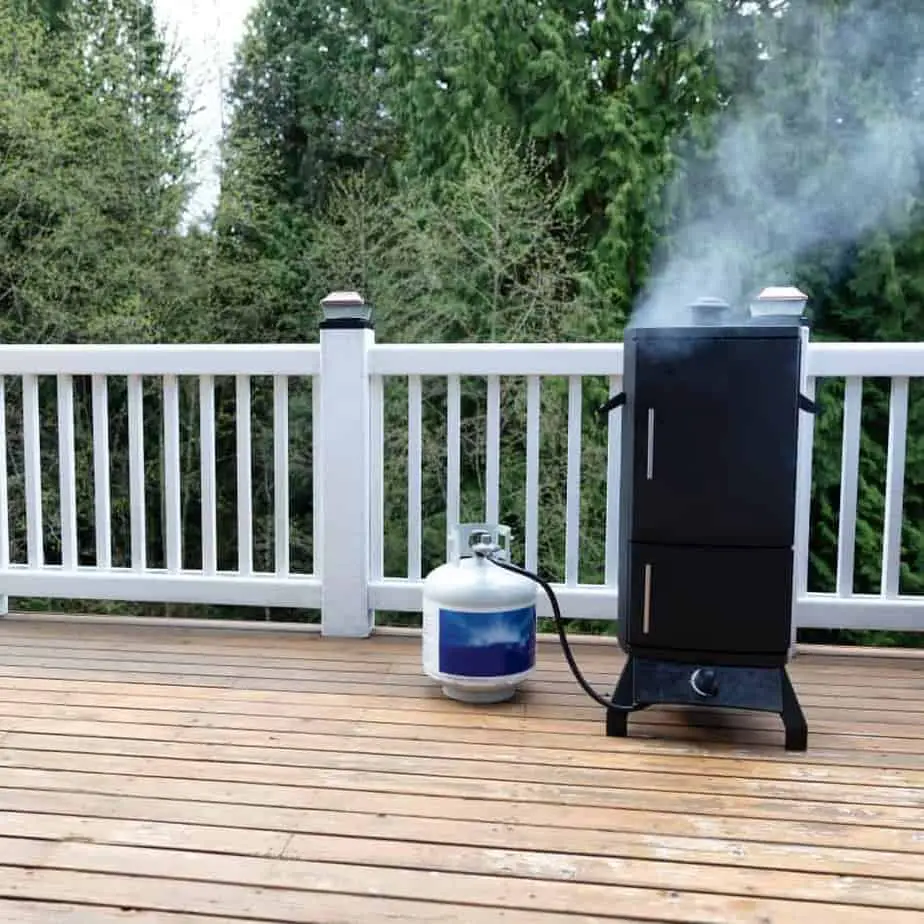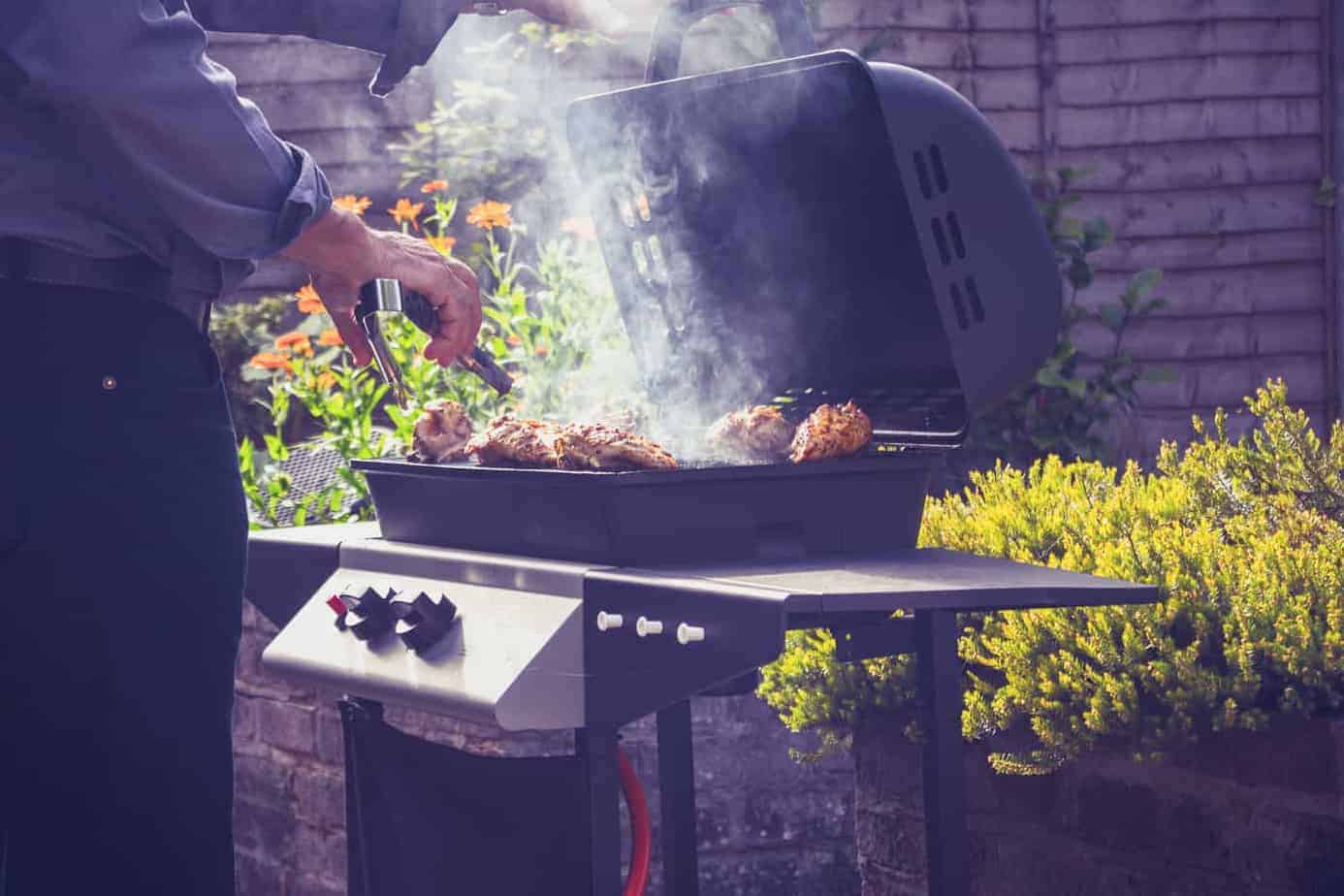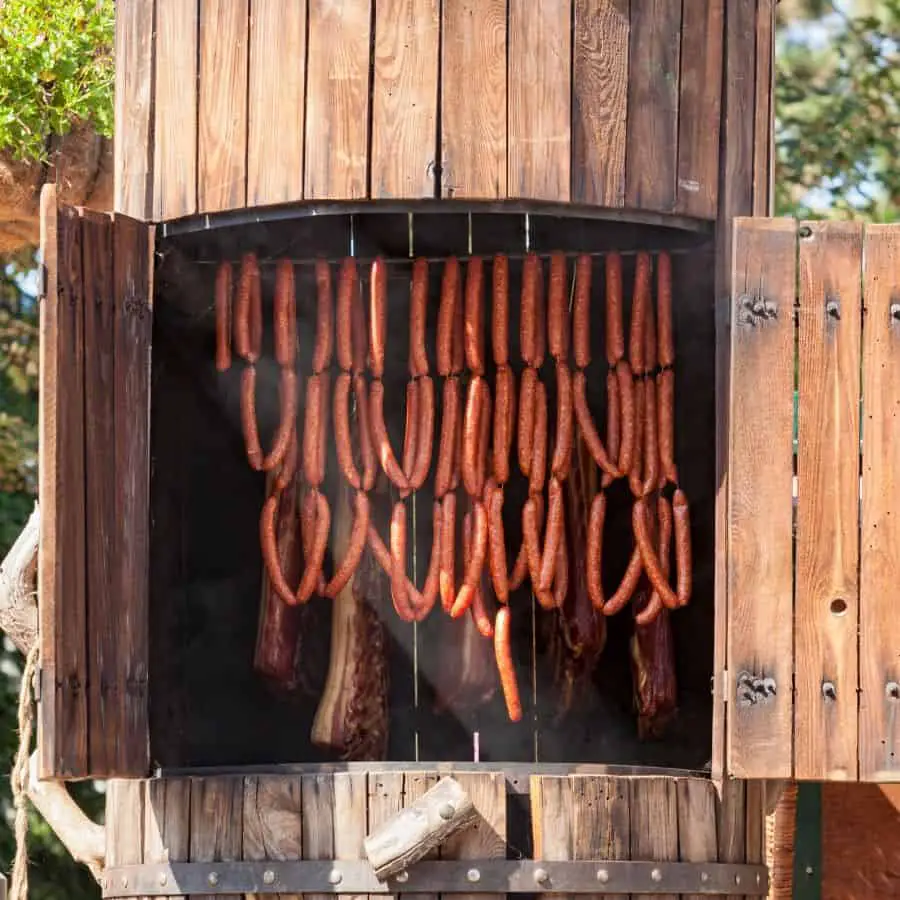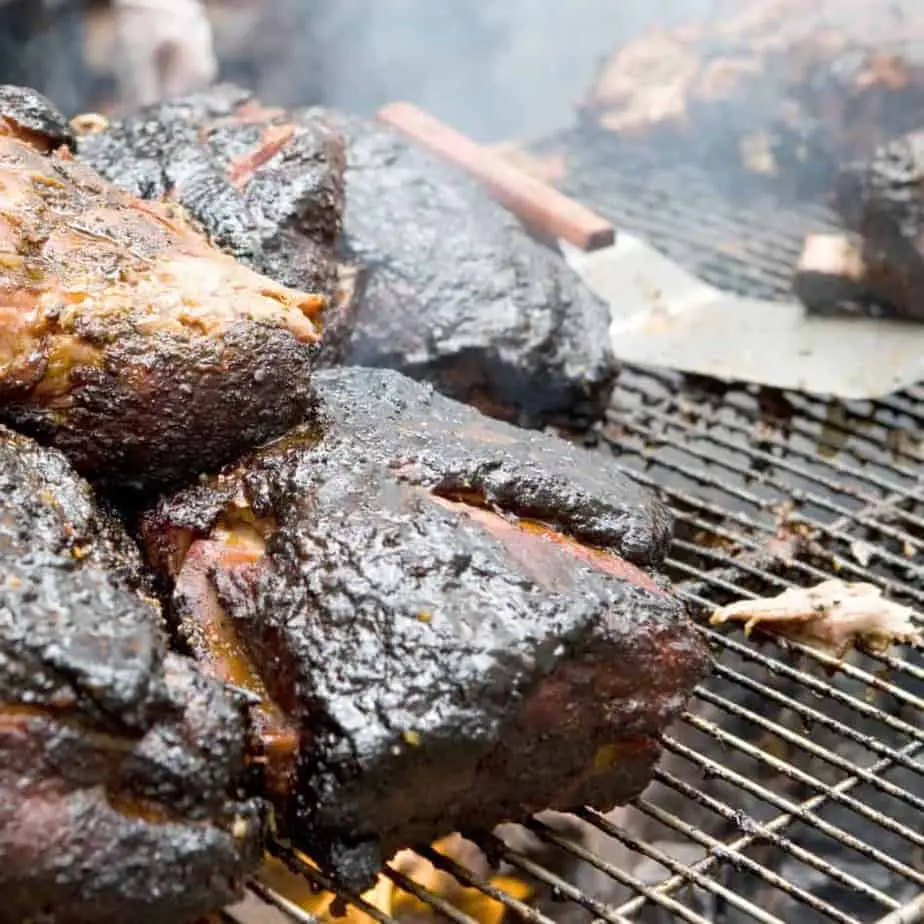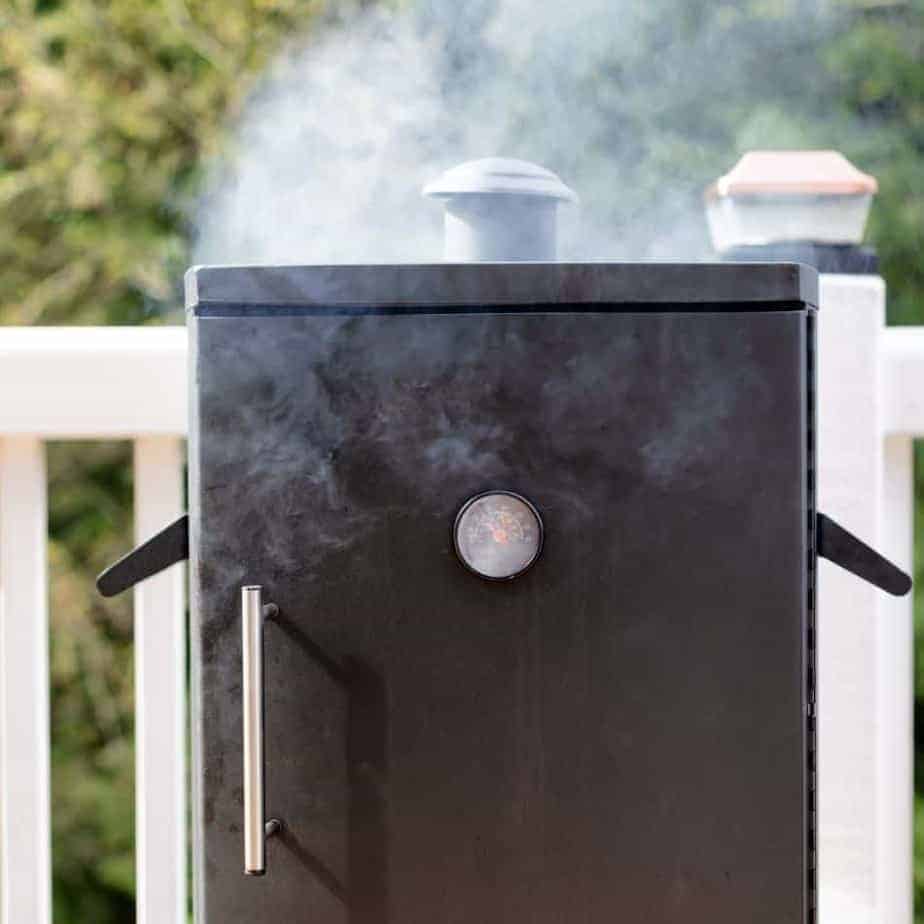What to Do About a Smoker that Cooks Too Fast
Disclosure: This post may contain affiliate links. If you use these links to buy something we may earn a commission at not additional cost to you. Learn more.
So you’ve spent a couple of days preparing the perfect cut of meat. You cook it at the right temperature, but you notice it’s done way faster than the 8 hours the recipe called for. It’s tough and tastes like shoe leather. Well flavored shoe leather, but shoe-leather nonetheless.
What to do about a smoker that cooks to fast? There are several things you can check:
- Make sure the temperature gauge is accurate
- Verify vents and/or temperature is set properly
- Verify the correct final internal temperature
- Verify that the recipe is correct
- Apply a heat sink to help redirect the heat
It can be very frustrating to invest in a new smoker, buy an expensive cut of meat, spend hours or days preparing it only to end up with a final product that the dog can’t or won’t eat, let alone your family. There are remedies that may be able to fix the issue.
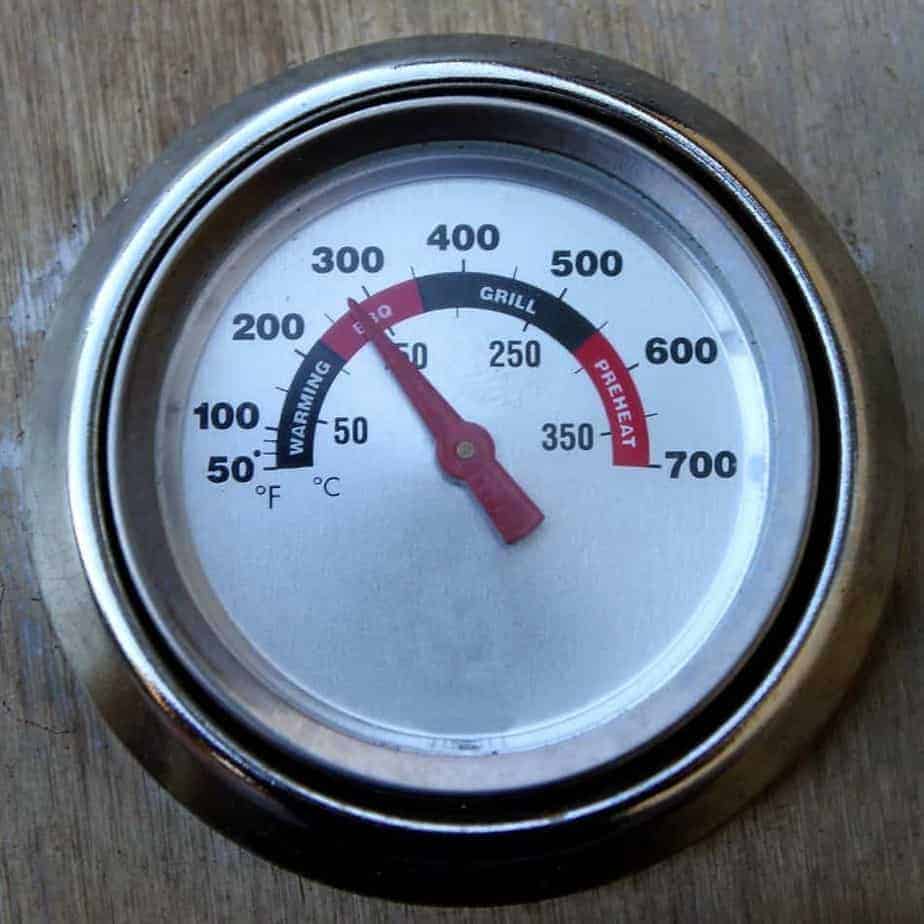
Are You Using it Right?
It may seem pretty obvious, but before you drive yourself crazy trying to figure out why your smoker is failing you, make sure you’re using it right. Please make sure you have read over the instructions carefully to make sure you are not missing the obvious.
Sometimes we can get too excited about something, and when it doesn’t work the way we expect it to, we can miss the obvious things.
Is there a cooling time after the initial light to let the temperature balance a bit better? We all know about preheating, but sometimes, especially when dealing with fire, we have to consider giving the fire time to burn down a bit to balance it out.
Are you closing vents as needed to lower the temperature? Is there another way to help reduce the internal temperature of your smoker that you may have missed? Double-checking to make sure that you did not miss something vital can help save more time than you may realize.
Check Your Smoker Cooking Temperature
While most smokers come with some kind of temperature gauge, sometimes they are not accurate, especially if they are the analog version.
While there are just a huge variety of thermometers, I want to look at the two main kinds:
Analog: There is an analog thermometer that uses heat to uncoil a rolled up piece of metal. In theory, they should uncoil a certain amount at specific temperatures. In practice, these can be highly unreliable and can only give a temperature range, not a precise temperature. Some can be off as much as 10 degrees (plus or minus) from the actual temperature.
Digital: When you need an accurate temperature, you are better off with a digital thermometer. This will give a more precise temperature and allow you to be able to monitor that temperature more accurately. The more advanced technology allows for more accurate temperatures and closer monitoring.
Once you’re sure the smoker is actually cooking at the temperature you want, the next step is to verify you’re getting the proper internal temperature of your meat.
Verify the Correct Internal Temperature
While some of the same issues with the analog versus digital apply here as well, placement can be a more significant issue when it comes to measuring temperature.
If you are dealing with bone-in meat, the bone can really mess up your temperature readings. Be sure to push the thermometer in until you hit the bone, then pull the thermometer back about halfway or ¼ inch, whichever is less. This will help make sure you are getting an accurate internal temperature reading.
You also want to be sure you are taking a reading in the thickest part of the meat. While parts of the meat may hit the intended internal temperature, the thickest part may still not be done.
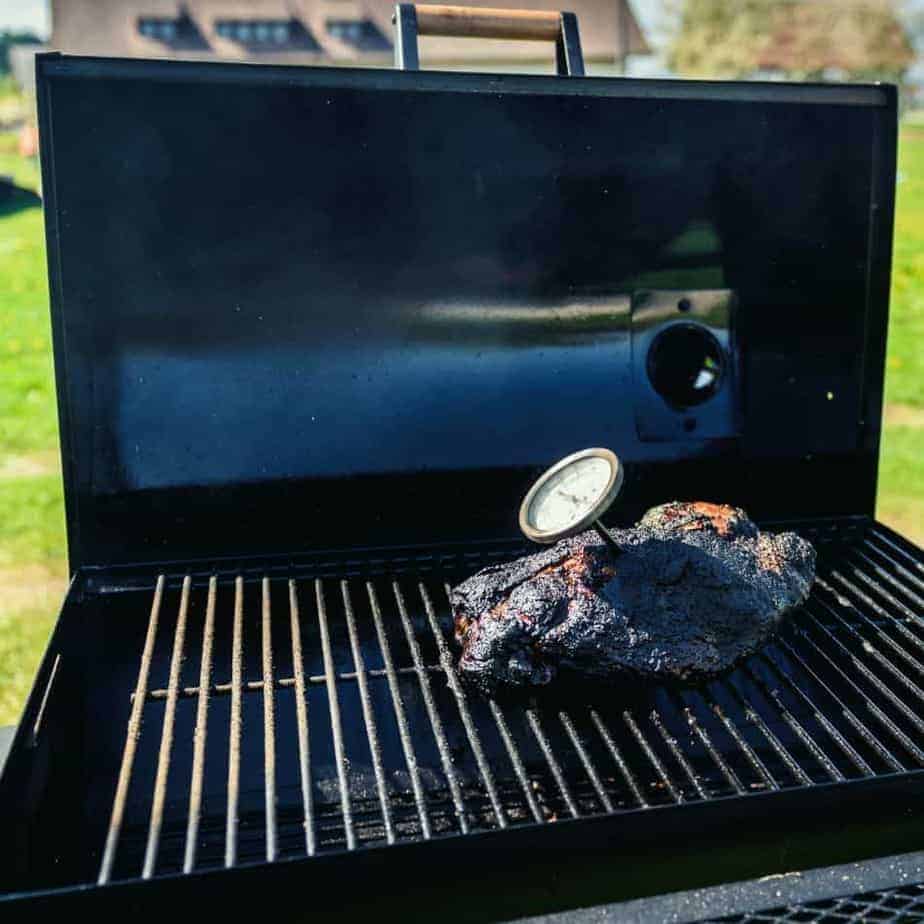
Verify the Recipe is Accurate and Correct
Some recipes may just state “2 large steaks” without giving accurate weights. This could mess with the cooking time as a 5 lb steak can take significantly more time to cook than three 2 lb steaks. Even though the 2 lb steaks actually weigh more in total, they are probably thinner and definitely smaller. This can make a huge difference in cooking time.
Another issue you might run into when you’re following a smoking recipe is that many recipes fail to list how long cooking should take or even explain what “done” is. Some recipes may just state “cook until done,” while others may not give accurate information about what the internal temperature of your meat should be.
Most recipes do not mention “The Stall,” and this can be a huge factor in smoking, which I will go into more later. Just keep in mind that this could be the reason for longer cook times. Temperature is more accurate than time.
When smoking meat based on a recipe, it is always a good idea to compare 2 to 3 recipes to get a good idea of what common practices are.
Apply a Heat Sink
Sometimes the heat and recipe are correct, and the issue is that your smoker is just directing too much heat towards your food. The next fix to attempt would be to try a heat sink.
A heat sink is a material or liquid that will help absorb excess heat so that your meat does not come out overcooked. You can use a liquid like water or juice, or even something like sand as a heat sink to absorb or divert heat to balance out your temperatures a bit more.
Check out my article on common smoking mistakes and how to avoid them for more tips on smokers cooking too fast, as well as other common issues.
Lastly, Is It Stalled?
The stall can be one of the most frustrating and time-consuming parts of smoking, not to mention the most confusing. Just because the temperature has stopped rising or has even dropped doesn’t mean it’s done.
The Infamous Stall in BBQ and What It Means
You have been monitoring the internal temperature of a thick brisket, and it has been sitting at 165 for more than two hours or worse, it has dropped to 150. You may be experiencing what is referred to as “The Stall,” and it can be very frustrating for the inexperienced cook.
This doesn’t mean that it’s done. It may have taken very little time to get to this point, and it doesn’t mean that it won’t cook further. As your meat cooks, it will start to bring more of its moisture to the surface, causing evaporative cooling. This evaporation (called sweating in the BBQ community) causes the meat to stop heating temporarily; however, it is still cooking.
The stall can be very frustrating by causing you to think that the meat is done when it’s not even close. It’s important to realize that while the stall can last anywhere from an hour to 10 hours, it does not mean the meat is done. So be sure you are giving the meat the time needed to get through the stall and finish cooking.
Once the stall is complete, the meat could jump as much as 30 degrees in a single hour.
Just because the meat does not seem to be cooking does not mean that it is just sitting in there drying out either. This is the point where the proteins, collagens, and fat are starting to break down and melt.
This part of the cooking process the actually the most critical part of the entire cooking process. If you take the meat out before the stall is done, you will still end up with a pretty tough piece of meat.


